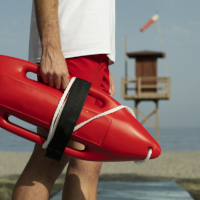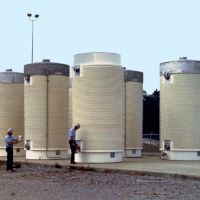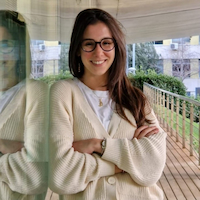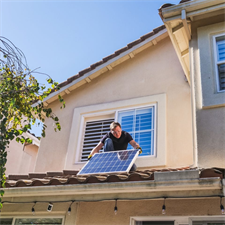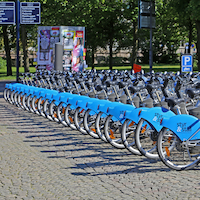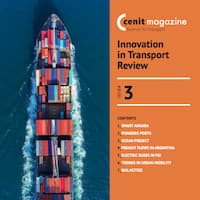news
Prof. Rainald Löhner explains flow of COVID particles in airplanes
Rainald Löhner, a professor of computational fluid dynamics at George Mason University in the US and a regular visiting scientist in CIMNE, has explained how the ventilation system of airplanes ensures air quality and prevents the propagations of pathogen particles (such as COVID19 particles) within a plane cabin.
The explanation is based on the simulations of the transport in air of droplet particles induced by persons sneezing and/or coughing in an airplane cabin using computational fluid dynamics methods and software developed by Prof. Löhner.
The details of the simulation approach can be seen in these recent publications of Prof. Löhner and his group in the US in cooperation with Profs. Sergio Idelsohn and Eugenio Oñate at CIMNE:
- High fidelity simulations of pathogen propagation, transmission and mitigation in the buil environment by Rainald Löhner, Harbir Antil, Ashok Srinivasan, Sergio Idelsohn and Eugenio Oñate, Archives for Computational Methods in Engineering. In press. To be published in 2021
- Detailed simulation of viral propagation in the built environment by Rinalda Löhner, Harbir Antil, Sergio Idelsohn and Eugenio Oñate, Computational Mechanics 66 (5), 1093-1107, 2020
An animated view of the principles of air ventilation in airplanes explained by Prof. Löhner can be seen in this article published in the New York Times on April 17, 2021.
The figures below show snapshots of the simulations of the air flow in an airplane.



Related items
-
26/08/2025El CIMNE i l’empresa Pro-activa, amb l’impuls i suport de l’Agència Catal...
-
06/08/2025Emmagatzematge de residus radioactius temporal previ a l'emmagatzematge geològic profun...
-
23/07/2025Researchers at CIMNE’s Innovation Unit in Transport, CENIT, have begun working on a signif...
-
16/07/2025Jakarta took a step closer in its journey toward a more sustainable, breathable future in April, a...
-
Career Spotlight — Chiara Saragani: Applying Engineering Research to Optimize Maritime Supply Chains23/06/2025On this International Women in Engineering Day, we spotlight the work of Chiara Saragani, a research...
-
19/06/2025The International Centre for Numerical Methods in Engineering (CIMNE) is hosting a two-day hackathon...
-
06/05/2025In recent days, several articles have been written about the possible causes of the blackout that hi...
-
18/03/2025Article adapted from original article by Alex Mumbrú Camprubí and Genís Majoral...
-
04/03/2025By Clara Soler i Bañuelos In the coming years, public transport authorities will face unprec...
-
21/01/2025A novel study by researchers at CIMNE and the Port of Barcelona has developed an innovative framewor...
-
05/12/2024The FIBRE4YARDS project, coordinated by the International Centre for Numerical Methods in Engineerin...
-
26/11/2024Dealing with sustainable mobility challenges is no easy task: from technological barriers to physica...
-
13/11/2024CIMNE’s Innovation Unit in Transport, CENIT has released the Issue 3 of its magazine, Innovati...
-
23/10/2024CIMNE researchers last week presented two use cases for monitoring air quality in Barcelona and pred...
-
14/10/2024Photo: Myrabella / Wikimedia Commons / CC BY-SA 3.0 Around 3,000 maritime incidents occur every y...
-
07/10/2024Railway stations hold a unique position in the urban landscape: they not only act as complex nodes o...
-
02/10/2024Schools play a central role in urban spaces, often serving as a second home for children. But modern...
-
26/09/2024CIMNE’s innovation unit in transport, CENIT, is one of the more than 40 cross-cutting partners...
-
08/03/2024Researchers at CIMNE's Machine Learning in Civil Engineering Research Group and the Flumen Insti...
-
04/03/2024The International Centre for Numerical Methods in Engineering (CIMNE) has published a “one-sto...




